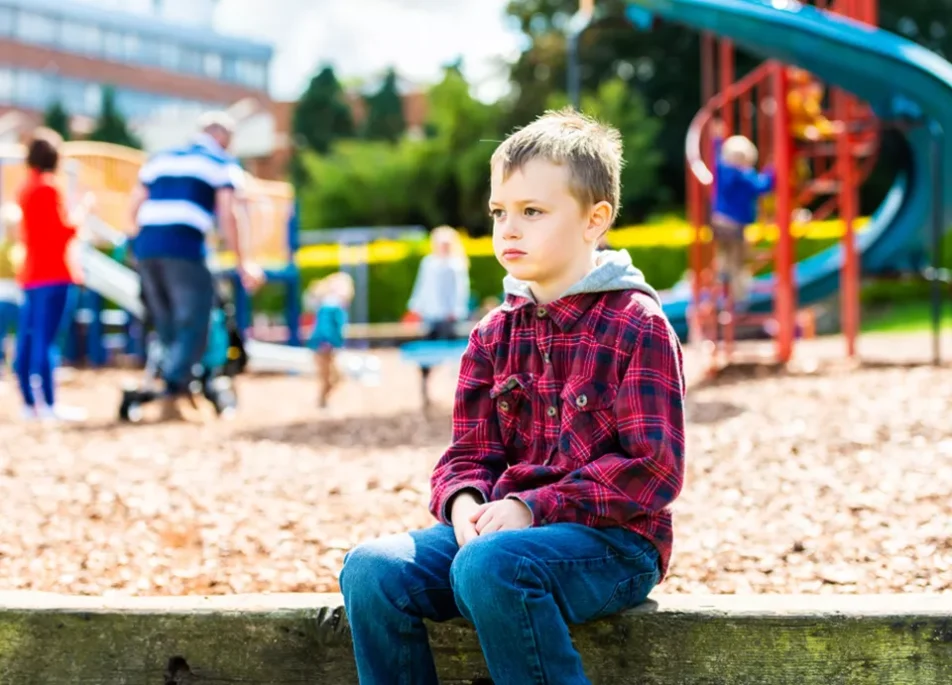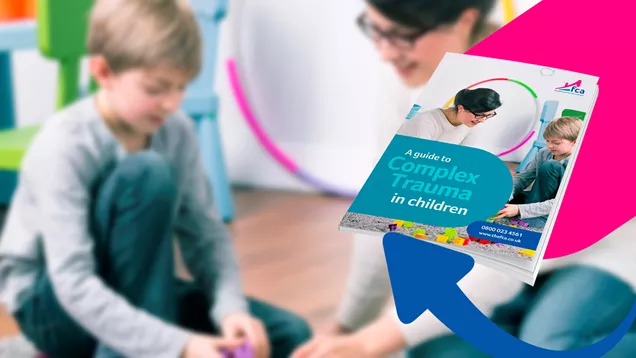One of your roles as a foster parent is to create opportunities to build healthy attachments with the children in your care. Creating a stable and secure environment that builds trust and promotes positive behaviours enables a child to thrive and enjoy healthy relationships with those around them.
Unfortunately, many children that come into care each year have suffered from attachment trauma – the inability to form a healthy and secure bond with their primary caregiver due to trauma.
Below, we’ll be exploring more about what causes attachment trauma, the signs, and how you as a foster parent can help children heal and recover.
What is Attachment Trauma
Attachment trauma is the disruption of bonding between a child and their primary caregiver. The cause of this disruption can come in many forms, such as physical abuse or neglect, or something traumatic that happened in a child’s life whilst they were still forming this bond, such as the death of a loved one or parents’ divorce.
It may have been caused by emotional abuse, such as conveying to a child that they are worthless or unloved, inadequate, or valued only insofar as they meet the needs of another person.
Sadly, the place where a child should feel at their safest becomes a source of anxiety and fear which prevents the forming of healthy attachments with those around them.
80% of high-risk families create severe attachment disorders in their children. A high risk family is one where there is abuse or neglect, poverty, substance abuse, domestic violence, history of maltreatment in parent’s childhood, depression and other psychological disorders in parents.
How does trauma affect attachment?
When a child experiences trauma such as abuse or neglect from their main caregiver, this results in the absence of forming a healthy attachment in their early childhood.
So much of how we are shaped as adults comes from the influence of this attachment, with its disruption having a profound and long-lasting effect on a child’s well-being.
When a child learns from an early age that they cannot rely on their primary caregiver to meet their needs, they sadly learn they can’t depend on others. This results in insecure attachment patterns where they struggle to form healthy relationships.
Forming secure attachments has so many positive effects such as helping children to:
- Attain full intellectual, social, and physical potential
- Develop a conscience
- Become self-reliant
- Cope with stress and frustration
- Handle worry and fear.
- Develop future relationships
Children who suffer from attachment trauma may not display these characteristics, and in turn suffer from low self-esteem, lack of self-control, and the ability to develop and maintain friendships.

Signs of early attachment trauma
Here are some behaviours to look out for when fostering a child who has suffered from attachment trauma:
- Destructive of self, others, and material things
- Abnormal eating patterns
- Poor peer relationships
- Learning delays
- No impulse control (frequently acts hyperactive)
- Inappropriately demanding and clingy
- Lacks eye contact
- Indiscriminately affectionate with strangers
- Abnormal speech patterns.
How can foster parents help a child recover from attachment trauma?
Unfortunately, it’s not just a case of once children are placed in a secure and happy foster home that it all goes away. The road to healing from trauma is long, and it requires patience, empathy, and most importantly time to help children rebuild those ruptured bonds.
When it comes to supporting children with attachment trauma, we believe in a therapeutic, holistic approach.
Our Team Parenting helps to mitigate the fractured experiences of foster children by bringing together those involved in their life to form a wrap-around parenting team. As a foster parent, your part will make a big difference to a child’s experience and it is likely that they will make a difference to you too.
Here are some tips for promoting healthy attachment with the children in your care:
- Set boundaries – It’s important to set consistent age-appropriate boundaries to enable your foster child to feel safe and contained. Rules and routines such as clear meal times and bedtimes will help reduce uncertainty, in turn making them feel less anxious in your care.
- Introduce special times/rituals – Whether this is a weekly Sunday morning family swim or a bedtime story each night, these small family rituals give children something to look forward to, are a great way to bond with new children in your care, and can help create a real family identity.
- Provide emotional warmth – Consistent responsiveness is very important. Don’t underestimate the power of positive body language. Smiling, maintaining eye contact, and appropriate physical comfort will help to develop these positive attachments for your foster child.
- Communicate – try and be as open and honest with your foster child. Being non-judgemental, empathic, and reassuring will help to help minimize stressful situations such as when they arrive at your home for the first time.
- Promote your foster child’s learning and development through encouragement – Whether that’s joining the child’s play, facilitating social interaction with others such as playdates, or simply talking and responding to your child by reading a book together.
If you want to know more about trauma to understand how it affects attachment, download our Guide to Complex Trauma in Children. It’s got more information about trauma types and how you can support the traumatised foster children in your care.
Or, if you’re thinking about starting a career in fostering or want to transfer to us, please get in touch. We’d love to answer any questions you have about FCA, the different types of foster care or any other questions you may have.

A Guide to Complex Trauma in Children
Download the FCA’s guide to Complex Trauma in Children. Get deeper insight and advice into understanding complex trauma in children.
